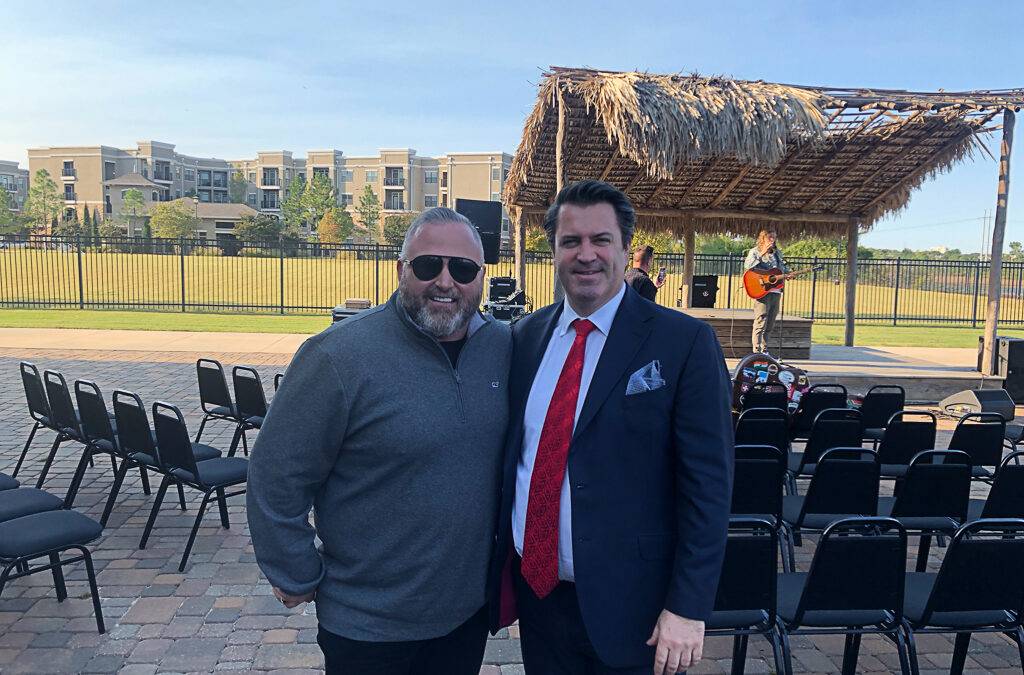Dynamite dynamite dynamite. This is the lawyer, James, the dynamite audio program. It is the absolute best audio content by New York Business Attorney in both transactional and litigation practice areas. And it is helpful for all industries. Now here’s today’s episode. One more thing. Before we get started, you can reach me online by visiting my website, the lawyer james.com. The lawyer james.com. The lawyer james.com. You can call me at (212) 500-1891. That’s the office (212) 500-1891 (212) 500-1891. You can contact me by email at James at the lawyer. james.com. James at the lawyer, james.com. James at the lawyer, james.com or by text message at (917) 783-3153. Text message (917) 783-3153 that’s (917) 783-3153.
All right. In this episode, I wanted to talk to you about some other things that go into an answer. We just discussed, uh, the answer in the last episode, and some other things that can go in the answer. There’s really, there’s two things. Number one is, uh, these, these they’re called affirmative defenses and I’ll get into that and what they are in a second and counterclaims, and I’ll get into what those are in a second as well. So remember, uh, the, the case gets filed by, by the plaintiff filing. The case gets commenced by the plaintiff filing a complaint. Once the complaint is filed, the defendant has a couple of choices. It can either file an answer or can file a motion to dismiss or some other sort of emotion. And, uh, in the answer, if it files an answer, it has a couple of choices.
Uh, it can also assert affirmative defenses that the defendants can also assert affirmative defendant, the summative defenses, and they can also assert counterclaims. Now, again, a complaint goes over allegations. It says the plaintiff says that the defendant did X, Y, and Z. So in the answer you admit, uh, admit the allegations or you deny the allegations, or you can also say a defendant can also say that they, that there are circumstances where no response is required. So for instance, if the allegation in the complaint says, you know, the defendant is an individual and resides at one, two, three first street in any town, uh, New York Business Attorney or other, any other city. And if that’s true, you say, admit, the defendant says, admit, if it’s not true, you say, deny the basic admission or denial. And then a defendant can also say, for instance, you know, if there’s an allegation that says, you know, party, the plaintiff and the defendant entered into an agreement you could admit or deny that.
And then the next line could say something like in the agreement it provides for a defendant’s payment within 30 days after plaintiff delivers the goods or the services. And so what more sophisticated parties to a lawsuit do, particularly when they are represented by an attorney, they say that the, uh, they don’t admit or deny, but they say something to the effect that, you know, this paragraph or the allegations contained in this paragraph refer to an agreement and the terms of the agreements speak for themselves. Okay. And the language of the agreement speaks for itself or something like that. In other words, it’s a nice punt that doesn’t commit the defendant to answering anything and basically says, you know what, let’s let’s the, the language speaks for itself. So let’s, let’s wait until a later date to, to resolve that, uh, that that’s one instance where it’s, uh, it’s an answer, but it’s sort of saving it for later New York Business Attorney. And then the another situation where that arises is for instance, you know, when the allegation and a complaint says something to the effect that, uh, you know, the jurisdiction of this court is proper over the defendants under, you know, section, you know, blank. And that session is then identified. And so what sophisticated defendants do in answering that, say that the allegation, the statement and the allegation calls for a legal conclusion and therefore no responses required. So those are two ways to really,
Uh, avoid
Committing to an answer and, and continuing it until a later date. So the first is
We, uh,
Refer to the language of the agreement, speaking for herself or the documents speaking for herself. The second is a legal conclusion. And in both instances, the, uh, no response is required. So in terms of, uh, affirmative, so those are the answers. Those are the responses to the allegations contained in the complaint. And then there’s counterclaims counterclaims, excuse me, let’s talk about affirmative defenses. First, affirmative defenses are defenses that typically if not raised are waived and so you need to assert them an affirmative defense. There are a bunch of standard, affirmative defenses. There’s a list I think of about 31 give or take standard ones that are available. They’re not always applicable. Like for instance, uh, an affirmative defense looks, something like this. The plaintiff cannot recover on his claims and cause of action, uh, because of the doctrine of latches because of the doctrine of unclean hands, because of the doctrine of estoppel, because of the doctrine of set off.
And there’s a bunch of other ones as well. Another affirmative defense is, um, you know, the plaintiff cannot recover on its claims or causes of action because the kinds of it’s failed to state a claim for what, for which relief can be granted. That’s another affirmative defense and those are sort of standard ones. And then there’s more specific ones that are really tailored toward the specific relief the plaintiff is seeking in, in your particular case or the particular agreement or something New York Business Attorney. That’s very, very, very specific. For instance, you know, one, one example of this can be where the one of the parties sued. One of the defendants sued is not a party to the contract and there’s a breach contract action. So an affirmative defense would be there’s no privity of contract. Um, and the, and there, there are many other, uh, examples like this, and it’s important to raise these affirmative defenses in the answer.
And then just a, another note on affirmative defenses, if they’re not sufficiently vetted and thought about and justified or justifiable, if you put them in the answer, a plaintiff can then file a motion to dismiss the affirmative defenses. And I’ve been involved in litigation over that as well, or at least it’s called, you know, emotion practice. So just be aware that even if you put in your affirmative defenses, a court could still dismiss them, although I’m at the most, for the most part at the pleading stage, the court is more inclined, at least in New York Business Attorney to keep those affirmative defenses intact. Now, counterclaims, what are those? These are amazing and amazing tool that a defendant can use when soon and has been wrong. We’ve actually represented several clients where the client gets sued for several hundred thousand dollars and then we, or low millions. And then we assert counterclaims for multiples of the initial opening lawsuit.
It’s, it’s a very, very useful tool to have because it puts the plaintiff Fonda defenses on, excuse me, on the defensive and when a plaintiff is on the defensive, and there’s a much larger amount at stake that they’re on the hook for it, then you’re on the hook for it completely changes the dynamic of the lawsuit. And one of my favorite counterclaims to assert if the facts are able to support it is a fraud counterclaim. And why are these so important, particularly in a contract case or a breach of contract case, if a fraud counterclaim survives, then it opens the door to additional damages because in a contract claim, generally speaking, the, the, the damages do not involve, uh, punitive damages or attorney’s fees unless the contract provides for. And sometimes they provide for, uh, attorney’s fees, which you’re entitled to get in normally in breach of contract claim, if the contract provides for it, but normally not, if it doesn’t in a breach contract thing. So that’s a big thing. And also punitive or other consequential damages are only allowable in a contract claim if the contract provides for it. And if it doesn’t, then those plans generally are not recoverable, at least in New York Business Attorney. How, however, if you are able to sustain a, uh, a fraud counterclaim and a breach of contract case, this opens the door to greater recovery, and it’s, it’s very important to, to serve that if the facts, uh, your particular facts or circumstances, uh, support it,
You reach me online by visiting my website, the lawyer james.com, the lawyer james.com. The lawyer james.com. You can call me at (212) 500-1891. That’s the office (212) 500-1891 (212) 500-1891. You can contact me by email at James at the lawyer, james.com. James at the lawyer, james.com. James at the lawyer, james.com or by text message at (917) 783-3153. Text message (917) 783-3153 that’s (917) 783-3153.

